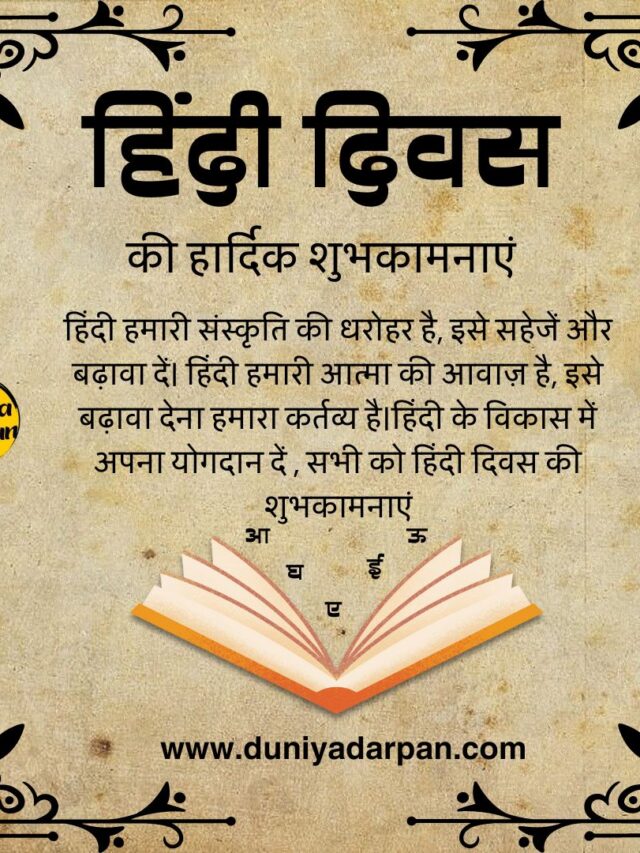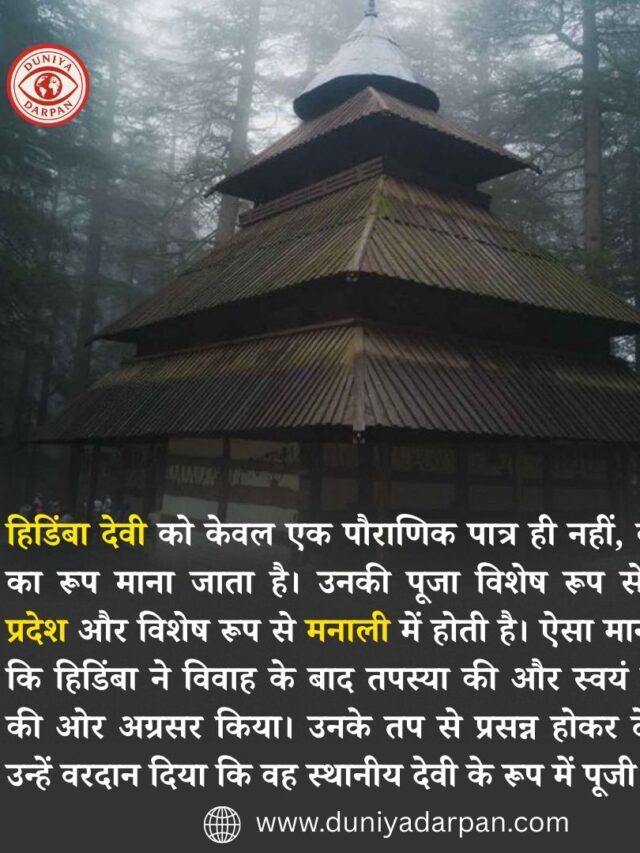Journey of Lal Bahadur Shastri: From Struggles to Becoming India’s Beloved Leader
Lal Bahadur Shastri, born on October 2, 1904, in Mughalsarai, Uttar Pradesh, was the second Prime Minister of India and is remembered for his integrity, simplicity, and dedication to the nation. His life was marked by struggles, both personal and political, that shaped his legacy.
Early Life and Struggles
- Shastri lost his father at a very young age, and his mother raised him in hardship. His family faced financial difficulties, which meant he had to walk long distances to attend school because they couldn’t afford transportation.
- Despite these challenges, Shastri was determined to pursue his education. He earned the title “Shastri” (meaning “scholar”) after completing his studies at Kashi Vidyapith in Varanasi, where he studied philosophy and ethics.
- Shastri joined the freedom struggle inspired by Mahatma Gandhi’s non-cooperation movement in the 1920s. He was arrest several times for his participation in protests against British rule and spent over seven years in jail during the freedom movement.
Political Career and Contributions
- After India gained independence in 1947, Shastri played an active role in shaping the new nation. He served as the Minister of Police and Transport in Uttar Pradesh. Where he introduced the concept of using female conductors in buses.
- He rose through the ranks and held important positions in Jawaharlal Nehru’s government, including Minister of Railways. During his tenure, he earned praise for his quick and empathetic response to a major train accident in 1956, offering to resign from his post, though his resignation was not accepted.
Prime Ministership and the Call for Unity
- Shastri became Prime Minister in 1964 after Nehru’s death, during a time of political instability. His leadership was characterized by his slogan “Jai Jawan Jai Kisan” (Hail the soldier, Hail the farmer), which became a rallying cry during the 1965 war with Pakistan and the food crisis India was facing.
- His commitment to farmers and soldiers symbolized his vision of a self-reliant and united India. Shastri promoted the Green Revolution to address food shortages. He played a crucial role in strengthening India’s defense forces during the conflict with Pakistan.
Mysterious Death
- Shastri’s untimely death on January 11, 1966, in Tashkent, Uzbekistan, after signing the Tashkent Agreement with Pakistan remains shrouded in mystery. His death was officially declare as a heart attack, but various conspiracy theories have persisted over the years.
Legacy of Lal Bahadur Shastri
Lal Bahadur Shastri’s humility, integrity, and strong leadership during critical moments in India’s history have left a lasting legacy. His life is an inspiring tale of overcoming adversity, dedication to the nation, and selfless public service.






